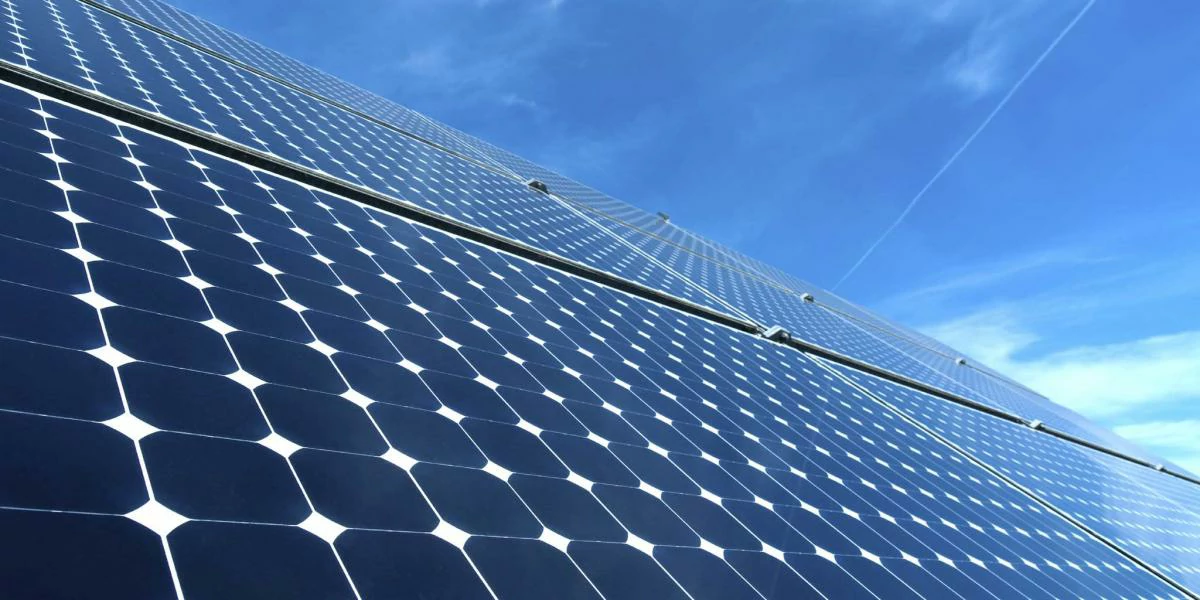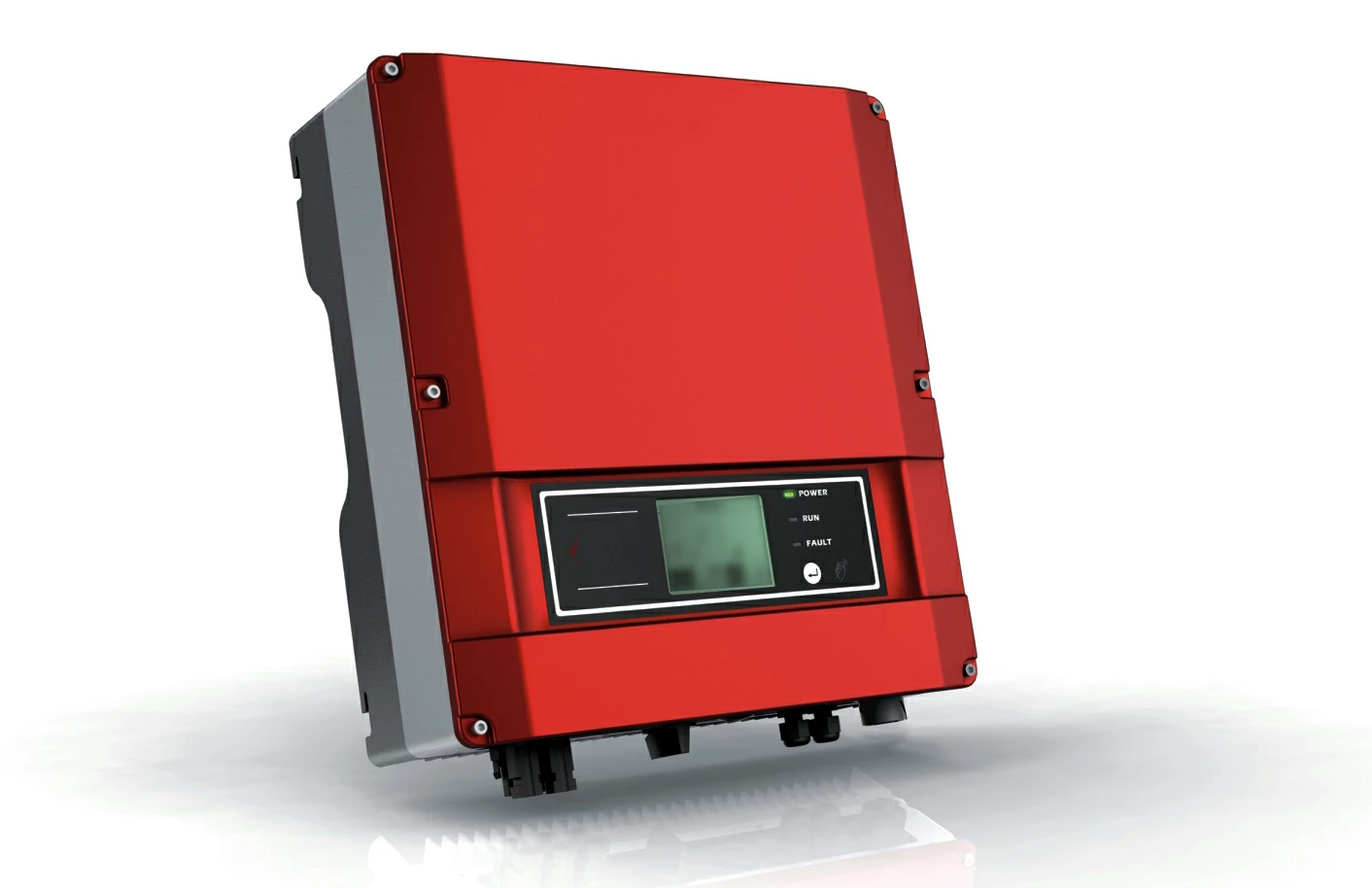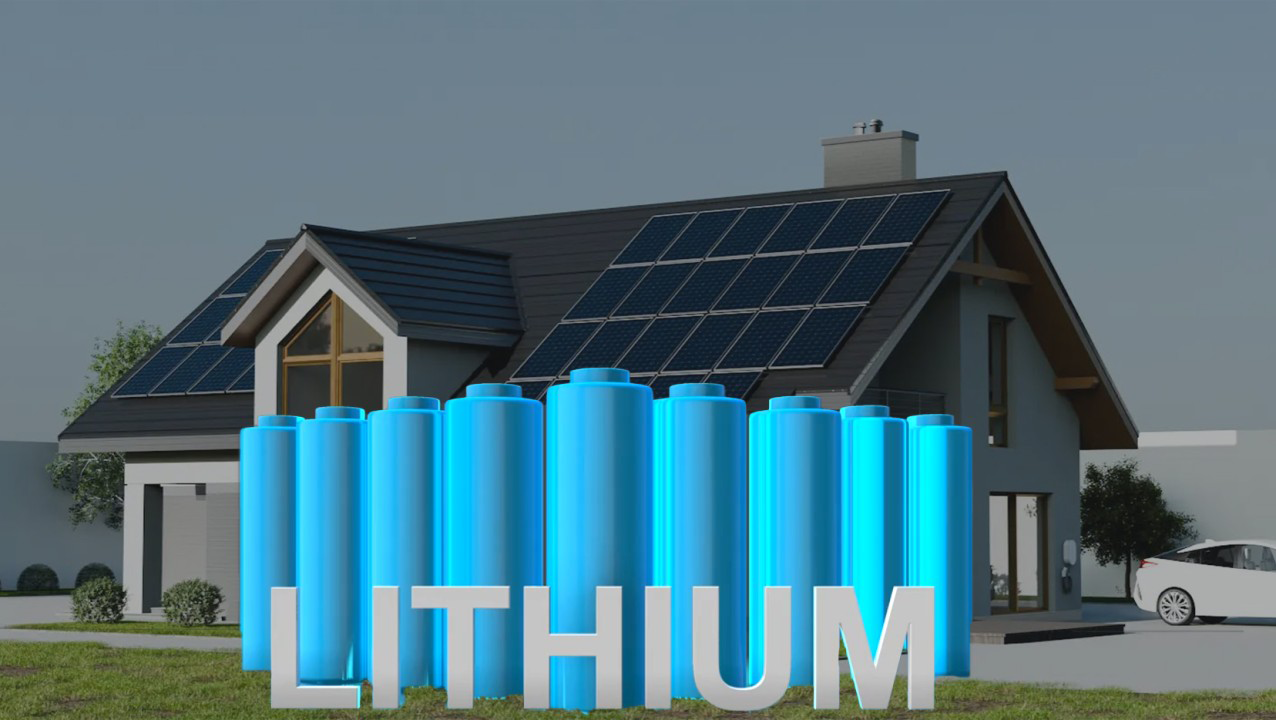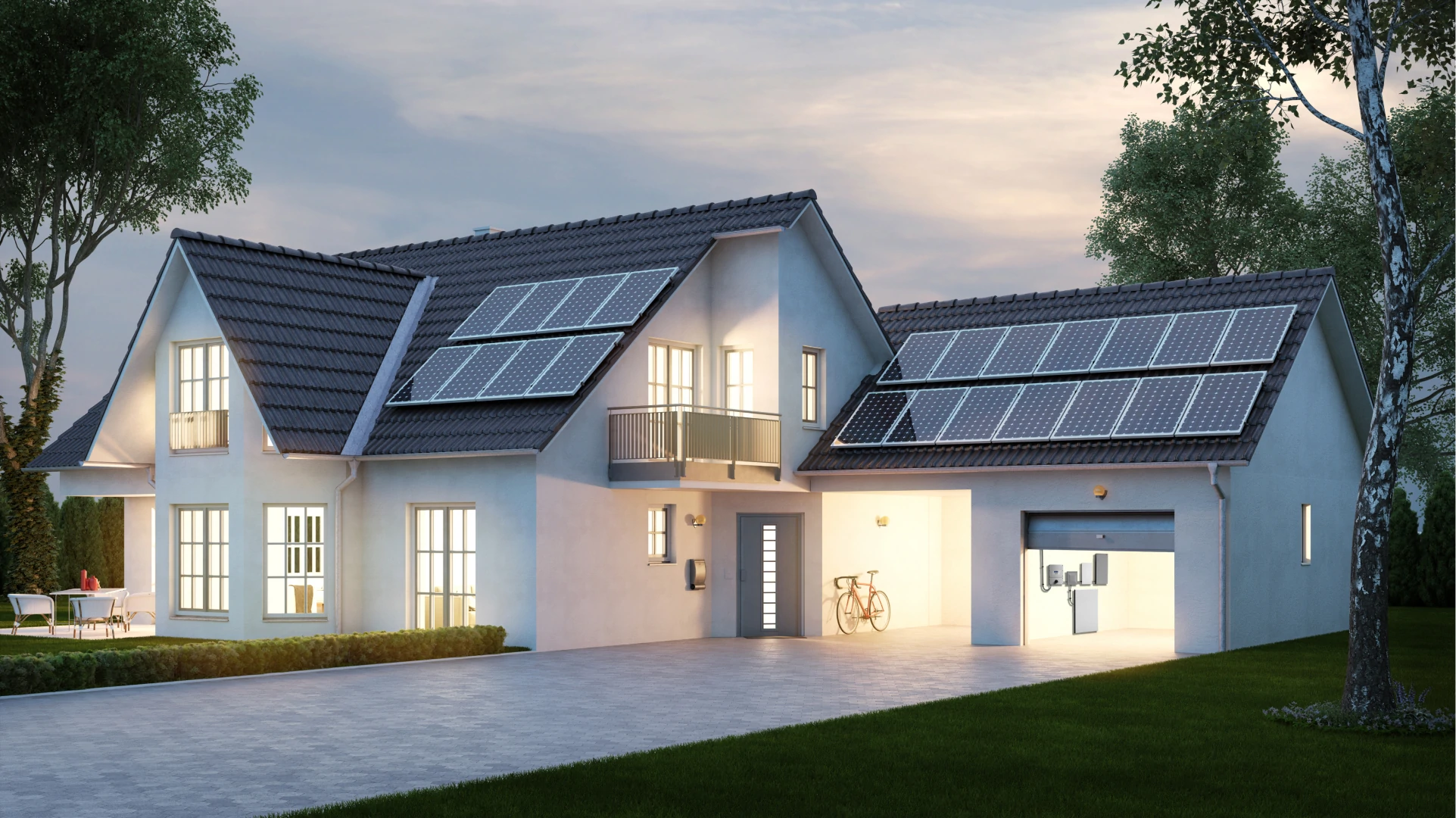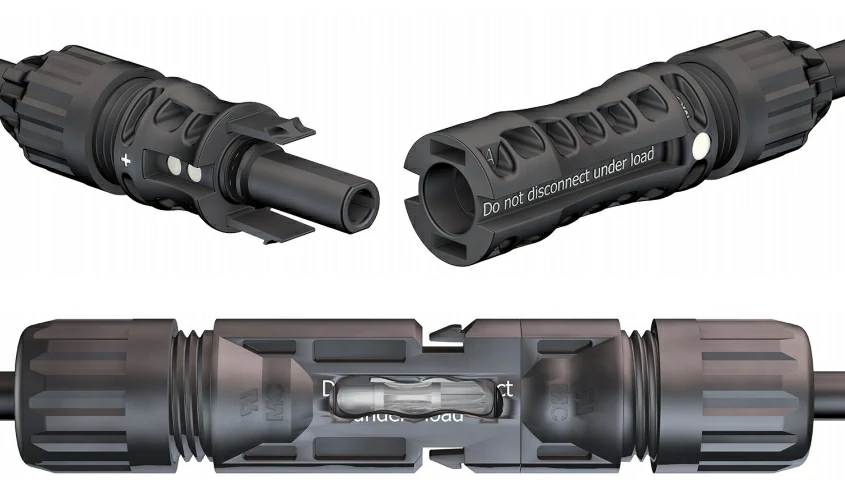Solar module Solar module refers to solar cell module. Because...
Inverter classification
Inverter is the key equipment that converts direct current (DC) to alternating current (AC), which plays a vital role in modern power system. According to different standards, inverters can be divided into a variety of types, the following will be classified from several main aspects.
According to the number of phases of the output AC voltage
Inverters can be divided into single-phase inverters and three-phase inverters according to the number of phases of their output AC voltage.
Usually used in small applications, such as residential photovoltaic power generation systems, household appliances, etc. Single-phase inverter design is simple, low cost, but its output power is relatively limited, suitable for small load occasions.
Mainly used in industrial and large commercial applications, suitable for occasions requiring high power and high efficiency. Three-phase inverters provide a more balanced and stable power supply, capable of supporting larger loads, and are widely used in power systems, factories, and large solar farms.
Depending on the type of semiconductor device
Inverters can also be divided into different categories depending on the type of semiconductor device used:
Use devices such as MOSFETs (field effect tubes) or IGBTs (insulated gate bipolar transistors) with high switching speed and efficiency for high frequency and high power applications.
Use thyristor (SCR) as the main switching element, suitable for high power and low frequency applications, such as power transmission and industrial drives, although the switching speed is low, but the performance under high power conditions is very reliable.
Combining the advantages of thyristors, it has switch-off characteristics and can stop the current flow when needed, making it more flexible and widely used in power regulation and power conversion.
Depending on the circuit principle
According to the circuit principle of inverter, inverter can be divided into self-excited oscillation inverter, step wave superimposed inverter and pulse width modulation inverter.
Relying on its own feedback mechanism to achieve oscillation, simple structure, suitable for low-power applications. However, due to its poor output waveform, it is usually not suitable for occasions where high-quality power supply is required.
By stacking multiple smaller step waves to form an approximate sine wave output, suitable for medium power applications, the output waveform quality has been improved.
The use of pulse width modulation technology to control the output current, to achieve high efficiency and high quality sine wave output, widely used in a variety of power electronic equipment and renewable energy systems.
Based on the application scenario
According to the application environment of the inverter, it can be divided into grid-connected inverters and off-grid inverters.
Used to convert the direct current in the solar photovoltaic system into alternating current with the same frequency as the grid, which can be directly incorporated into the national grid. Grid-connected inverters are usually equipped with a variety of protection and monitoring functions to ensure grid stability.
mainly used for independent power systems not connected to the power grid, suitable for rural, remote areas or emergency power supply. Off-grid inverters usually need to be paired with energy storage systems to provide a reliable power supply without relying on the public grid.
conclusion
The classification of inverters reflects their diverse application requirements and technological developments. Different types of inverters have their own characteristics in structure, performance and application, and understanding these classifications can help users better select and apply inverters to meet specific power needs. In the context of modern energy transformation and the promotion of renewable energy, the selection and application of inverters will continue to play a key role.

Home energy storage product series
A lithium battery pack for home energy storage systems, which is compatible with solar panels and the sun The inverter can work together with the power grid to power household appliances, and it can also be used as a For off grid systems.
Extended reading
LiFePo4 home energy storage battery
A highly integrated backup power solution for solar home energy...
THE ESSC Brand promise
Global supply
Our products sell well all over the world, covering many countries and regions, through the global logistics network, to provide customers with convenient purchasing experience.
Rigorous quality
We adhere to the highest quality control standards to ensure every product meets industry regulations and customer expectations, earning trust through consistent excellence.
Excellent service
With a customer-centric approach, we provide prompt responses, professional support, and personalized services, aiming to deliver the best user experience and long-term value.
